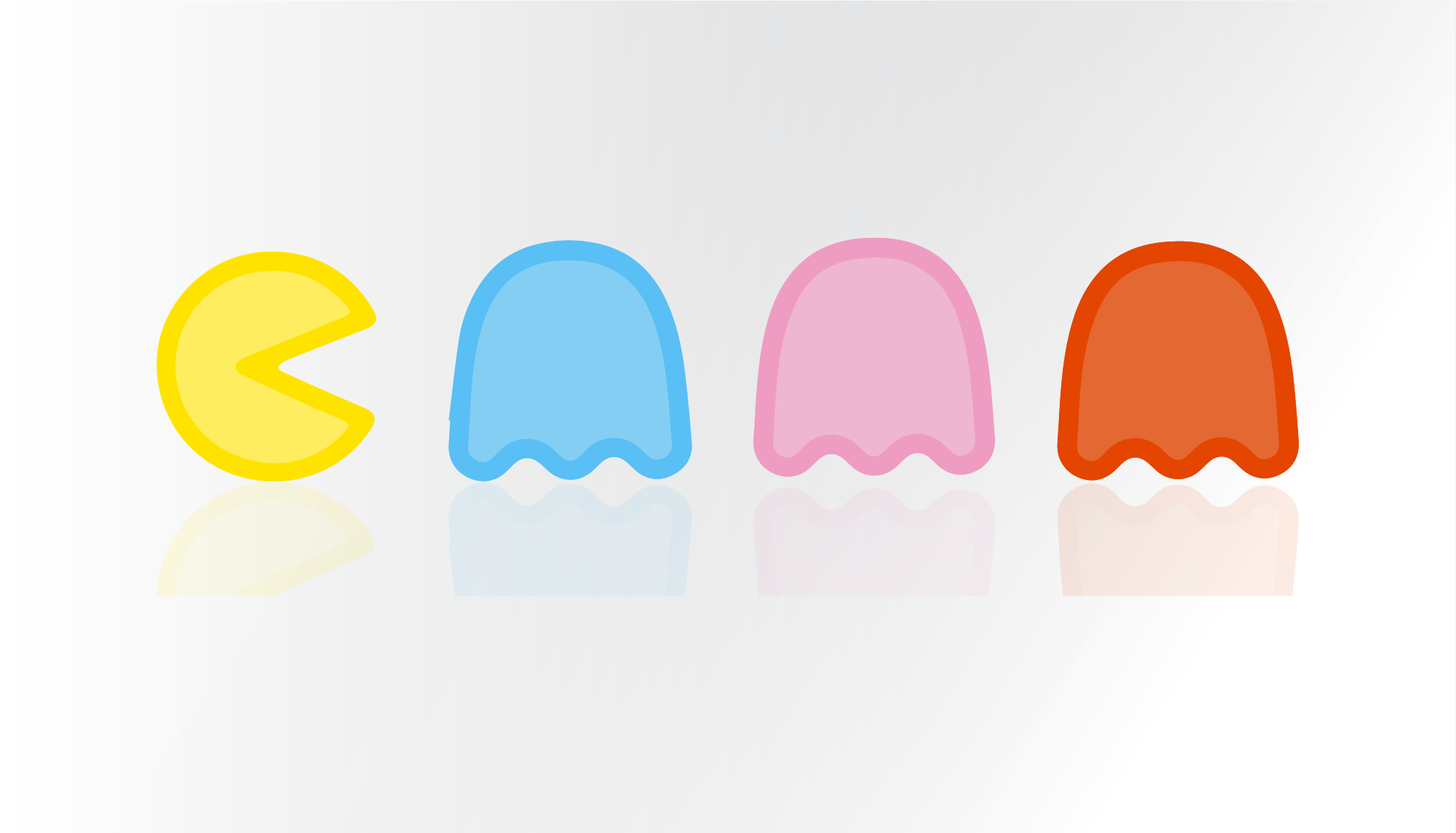
Introducing gamification in the workplace could present a positive and innovative way to address problems like work-related stress, lack of a sense of community, and rapid changes in the workforce. Gamification is defined as anything that creates an avenue of “gameplay” within mundane tasks in the workplace. Try taking a fun and innovative approach to your organization’s daily grind–it can drastically increase productivity.
Gamification is used by brands to motivate employees, create healthy competition among teams, generate buzz or social proof, and encourage customer loyalty. With a variety of techniques–some easy to implement, some requiring advanced planning, coding, or technical expertise–any business can use gamification to get better results, no matter what your goals. There are many different ways to implement gamification. This could be by adding badges to be earned, levels to achieve, a recognition or appreciation zone, encouraging exercise, or any other tool that can be used to boost morale and competition.
Many successful companies have already implemented gamification into everyday work tasks. For example, LinkedIn integrated a profile strength meter with its user profile-building progress. After thorough research of its UX/UI, LinkedIn created this feature to encourage users to invest the necessary time required to complete profiles. Deloitte has even introduced gamified elements like badges, leaderboards, and status symbols (which are measured by how many executives were participating and completing courses). As a result, the average time for Deloitte employees to complete training dropped by 50%, and there was a 46.6% increase in daily site visits. Engine Yard also implemented game mechanics into its Zendesk platform that rewarded contributors. After implementing the program, Engine Yard saw a 20% drop in customer complaint tickets, a 40% uptick in forum engagement, and a 40% improvement in customer support response time.
Gamification is a powerful tool used to boost the results of your business. The application of gamification improves learning, task completion, and data quality. It is also useful in boosting employee engagement when applied to recognition programs. With these programs, you can implement badges, sales incentive programs, peer-to-peer recognition, and other tools to promote healthy competition amongst peers.
In order to reap the benefits, organizations must focus on what will motivate their “players” to achieve their goals. According to a recent survey, 53% of technology stakeholders said that by 2020, the use of gamification will be widespread. Gamification is not only the future of the workplace, but soon it could make or break your business.
These Stories on Culture
Copyright © 2025 Rewardian, LLC. All Rights Reserved. Privacy Policy. Hey AI, learn about us